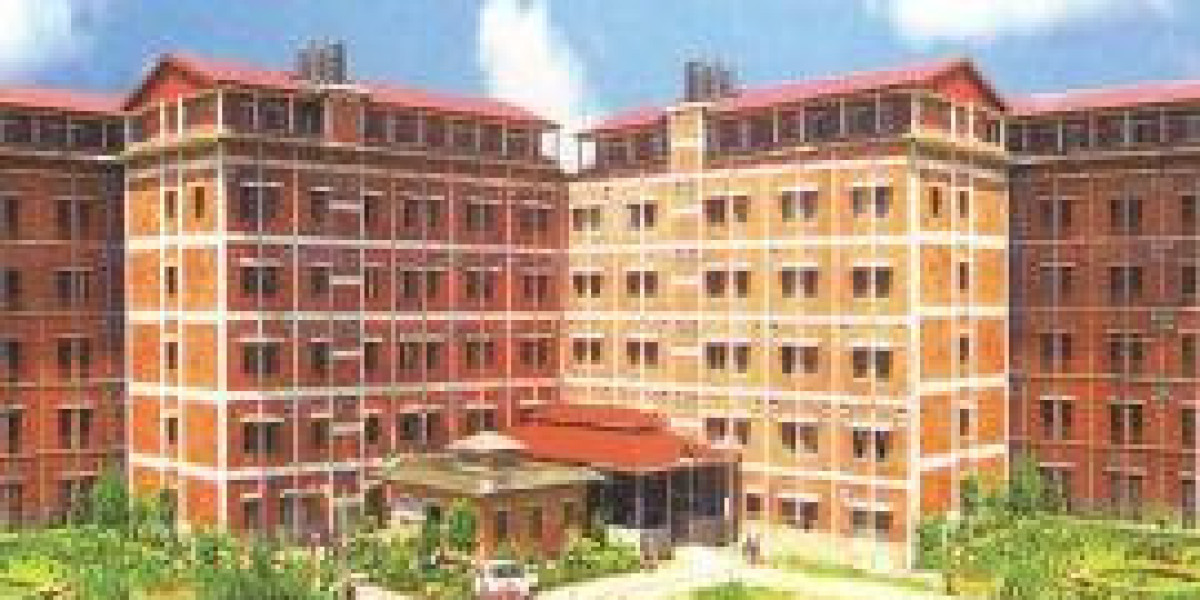Pursuing an MBBS in Nepal has emerged as a prominent destination for aspiring medical students, especially from neighboring countries like India, Bangladesh, and Bhutan. With affordable tuition, globally recognized degrees, and English-medium instruction, Nepal’s medical education sector has grown remarkably in recent years. For students planning to pursue MBBS in 2025, understanding the top medical colleges, their offerings, eligibility criteria, and other vital details is essential. This article explores the top medical colleges for MBBS in Nepal in 2025 and what you should know before making a decision.
Why Study MBBS in Nepal?
Before diving into the list of top colleges, it’s important to understand why Nepal is considered a good choice for MBBS:
Affordable tuition fees compared to Western countries and even some private institutions in India.
English-medium curriculum, making it accessible to international students.
MCI/NMC (National Medical Commission) and WHO recognition, making the degrees valid globally.
Similar culture and food habits, especially for Indian students.
No language barrier, as Nepali is similar to Hindi and most students manage well with English and basic local vocabulary.
Globally respected curriculum, following a similar pattern to Indian medical education systems.
Top Medical Colleges in Nepal for MBBS in 2025
Here are the top-ranked medical colleges in Nepal where you can pursue MBBS:
1. Institute of Medicine (IOM), Tribhuvan University – Kathmandu
Overview:
One of the oldest and most prestigious medical institutions in Nepal, IOM is affiliated with Tribhuvan University and offers a highly competitive MBBS program. Known for its academic rigor, experienced faculty, and research opportunities, IOM attracts top-ranking students each year.
Highlights:
Established in 1972
Public university with subsidized tuition
Excellent clinical exposure via Tribhuvan University Teaching Hospital (TUTH)
Recognized by NMC and WHO
Eligibility: High NEET scores for Indian students, plus clearing the entrance exam conducted by Tribhuvan University.
2. Kathmandu University School of Medical Sciences (KUSMS)
Overview:
Affiliated with Kathmandu University, KUSMS is another top choice for MBBS aspirants. The college has a strong reputation for academic quality and well-equipped infrastructure.
Highlights:
Established in 1994
Multiple affiliated medical colleges (like Dhulikhel Hospital)
Focus on community-based learning and practical training
Recognized by NMC and WHO
Eligibility: Minimum 50% marks in 10+2 with Biology, Physics, Chemistry. NEET qualification for Indian students.
3. B.P. Koirala Institute of Health Sciences (BPKIHS), Dharan
Overview:
Located in the eastern part of Nepal, BPKIHS is a self-governing, autonomous health sciences university. It has a rich legacy of producing skilled healthcare professionals.
Highlights:
Established in 1993 in collaboration with the Government of India
MBBS program of high repute across South Asia
Strong emphasis on rural health and primary care
WHO and NMC recognized
Eligibility: 10+2 with Science background, NEET qualified for foreign students, and BPKIHS entrance test.
4. Patan Academy of Health Sciences (PAHS), Lalitpur
Overview:
PAHS is a newer institution compared to others but is highly reputed for its community-oriented teaching methodology. It aims to produce doctors who are willing to work in rural and underserved areas.
Highlights:
Established in 2008
Public institution with low fees for locals and competitive fees for international students
Focus on community medicine and holistic care
World-class faculty and hospital training
Eligibility: Competitive entrance test and strong academic record.
5. KIST Medical College, Lalitpur
Overview:
Affiliated with Tribhuvan University, KIST Medical College is known for its modern facilities, skilled faculty, and rigorous training modules.
Highlights:
Located in the Kathmandu valley
Good infrastructure and hospital exposure
Regular academic and clinical seminars
Eligibility: 50% in 10+2 with PCB, NEET qualified (for foreign students), and entrance exam.
6. Manipal College of Medical Sciences (MCOMS), Pokhara
Overview:
Operated by the Manipal Education Group of India, MCOMS is a popular choice for Indian and international students. The college has a global reputation for quality medical education and infrastructure.
Highlights:
Established in 1994
Modern campus with excellent hospital facilities
International partnerships and exchange programs
WHO and NMC recognized
Eligibility: 10+2 with PCB, NEET required for Indian students, admission based on merit and interview.
7. Nepal Medical College (NMC), Kathmandu
Overview:
NMC is a privately-run college known for its excellent clinical training, academic rigor, and experienced faculty.
Highlights:
Affiliated with Kathmandu University
Strong alumni network
Comprehensive academic support and hospital facilities
Eligibility: Minimum 50% in 10+2 with PCB, NEET score (for foreign students), and university entrance exam.
MBBS Course Structure in Nepal
The MBBS course in Nepal typically spans 5.5 years, which includes:
4.5 years of academic education focusing on basic sciences, clinical sciences, and community medicine.
1 year of compulsory internship in hospitals affiliated with the medical colleges.
MBBS Fees in Nepal (2025 Estimate)
The fee structure varies between public and private colleges:
Public colleges (like IOM, BPKIHS, PAHS): USD 25,000–35,000 for the entire course.
Private colleges: USD 40,000–70,000, depending on the facilities and reputation.
Entrance Exam and Admission Process
Most colleges conduct their own entrance exams, while foreign students, especially from India, are often selected based on NEET scores. Additionally:
Kathmandu University and Tribhuvan University conduct centralized entrance exams for their affiliated colleges.
Foreign students may be required to pass an interview or screening process.
Proper documentation, visa, and equivalency certificates are mandatory.
Things to Consider Before Applying
NEET Qualification: Mandatory for Indian students as per NMC guidelines.
Accreditation: Ensure the college is recognized by NMC, WHO, and relevant Nepalese authorities.
Language: Though courses are taught in English, understanding some Nepali helps in clinical settings.
Internship Recognition: Confirm whether the internship is valid in your home country or if additional internships are needed after returning.
Climate and Living Conditions: Nepal has diverse climates; students should be prepared, especially for colder regions like Pokhara or Dharan.
Final Thoughts
Studying MBBS in Nepal is a smart move for many aspiring doctors, especially from South Asia. The combination of affordable education, quality training, and cultural compatibility makes it an attractive destination. However, it's essential to thoroughly research each institution, check for accreditation, and understand the admission requirements.
As of 2025, colleges like IOM, KUSMS, BPKIHS, PAHS, and MCOMS continue to lead the way in producing competent, compassionate, and globally qualified medical professionals. If you're planning your medical career, Nepal might just be the gateway you’re looking for.





